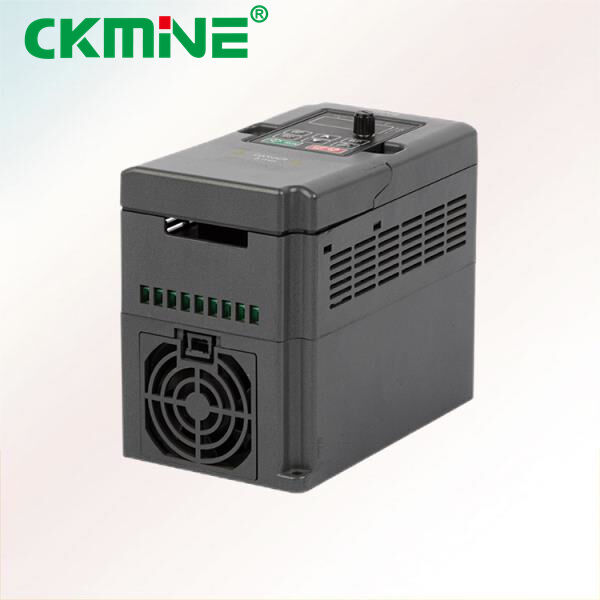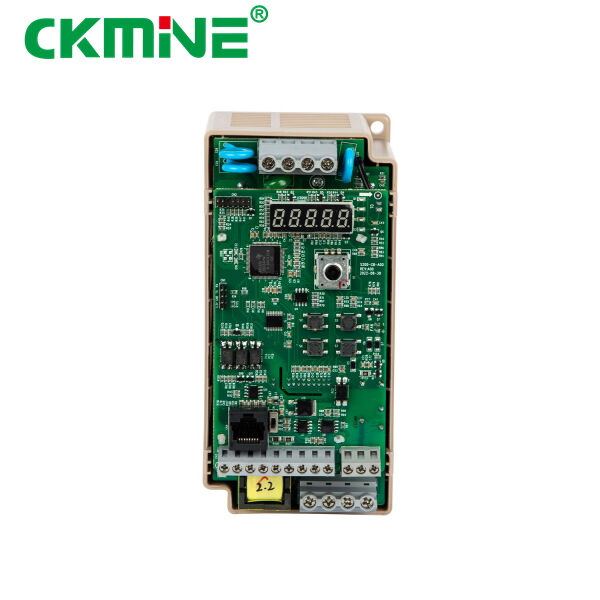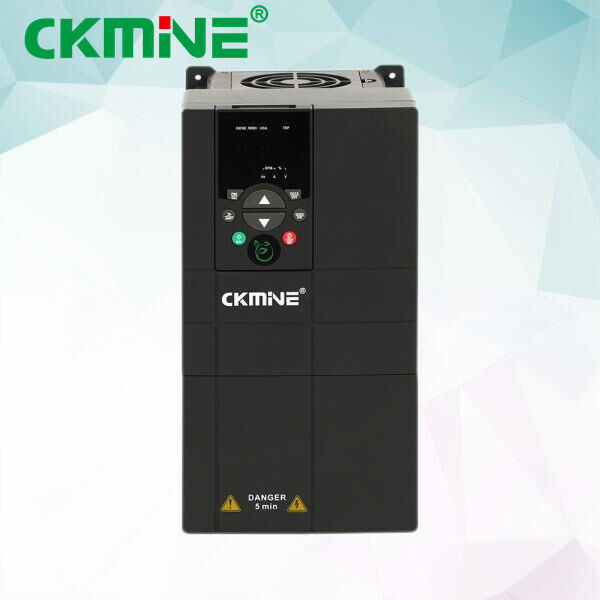A solar inverter is a unique piece of equipment, which when combined with solar panels, converts sunlight into electricity for our homes. Inside the solar inverter is a thing known as a printed circuit board, or PCB for short. It is the brain of the solar inverter. It makes the inverter operate well and also efficiently.
Printed circuit boards, such those found in a solar inverter, contain several different parts that all need to work together to make the inverter operate well. These components are resistors, capacitors, and transistors. Each part has a different function in helping the solar inverter to convert solar power to electrical power.
In building a printed circuit board for a solar inverter, certain critical components should be integrated to ensure that it will perform well. One crucial component that plays a role in this process is the inverter chip, which allows the direct current (DC) electricity produced by the solar panels to be converted into alternating current (AC) electricity for home use.
Yet another important piece is the transformer that regulates the voltage of the electricity from the solar panels. How these parts are arranged on the inverter’s printed circuit board (PCB) also matters, as this may determine just how well the solar inverter performs. By laying the parts out thoughtfully, engineers can make the solar inverter perform more efficiently.

Efficiency optimization of a solar inverter is one of the best means to minimize the power losses during the conversion process. These losses can be reduced by using low resistance parts and good PCB layout, making the solar inverter more efficient.

The most well-designed PCBs can still come with issues. When a solar inverter isn’t performing properly some common problems engineers can look for. On the back of a de-soldered inverter 3-4 A loose connection between chips, etc., on the PCB is a common issue that can keep the inverter from working.

Another issue is overheating, which can cause the parts on the PCB to be damaged and make the solar inverter not work at all. By examining the PCB closely for such issues, engineers can identify and correct this issue to return the solar inverter to operation.